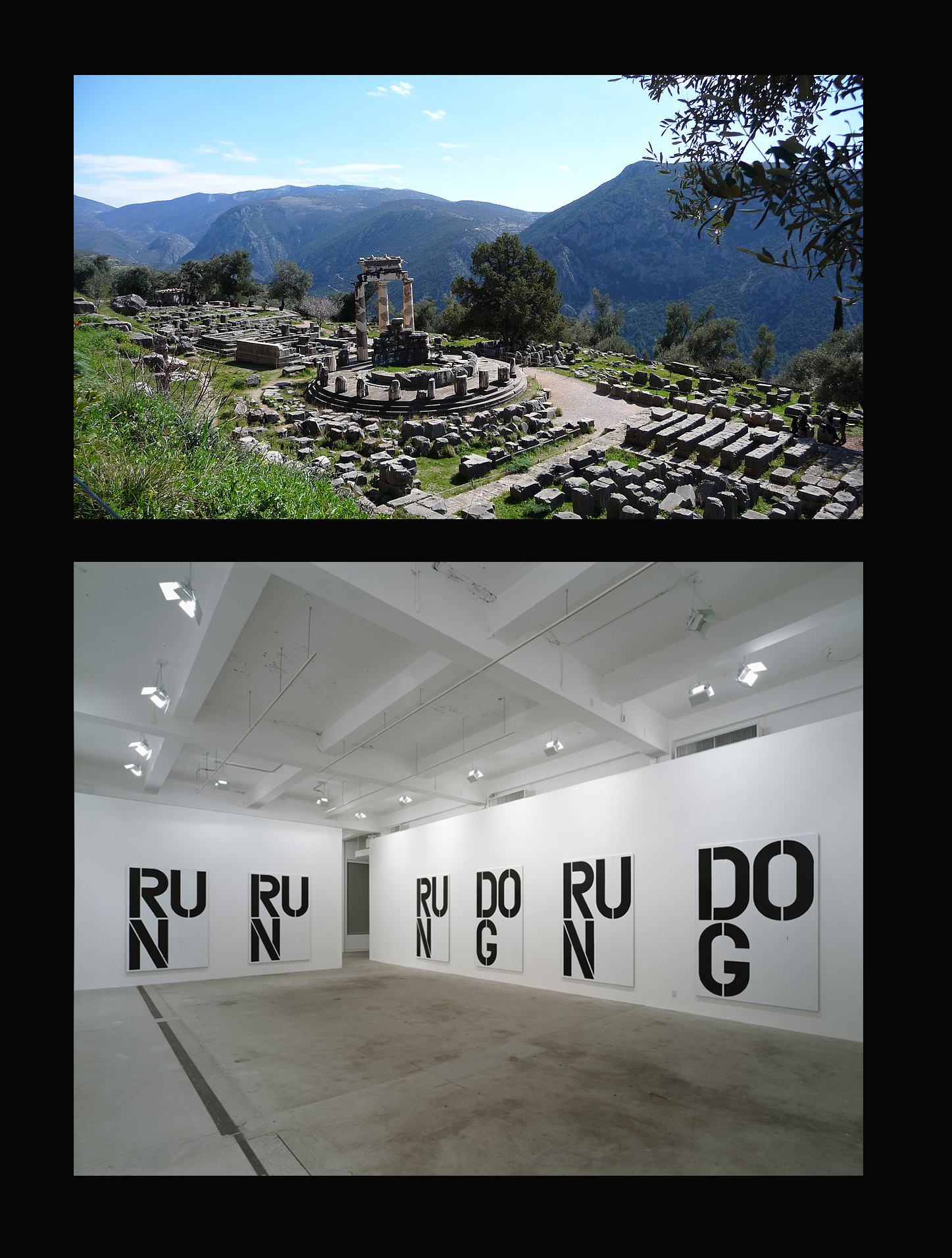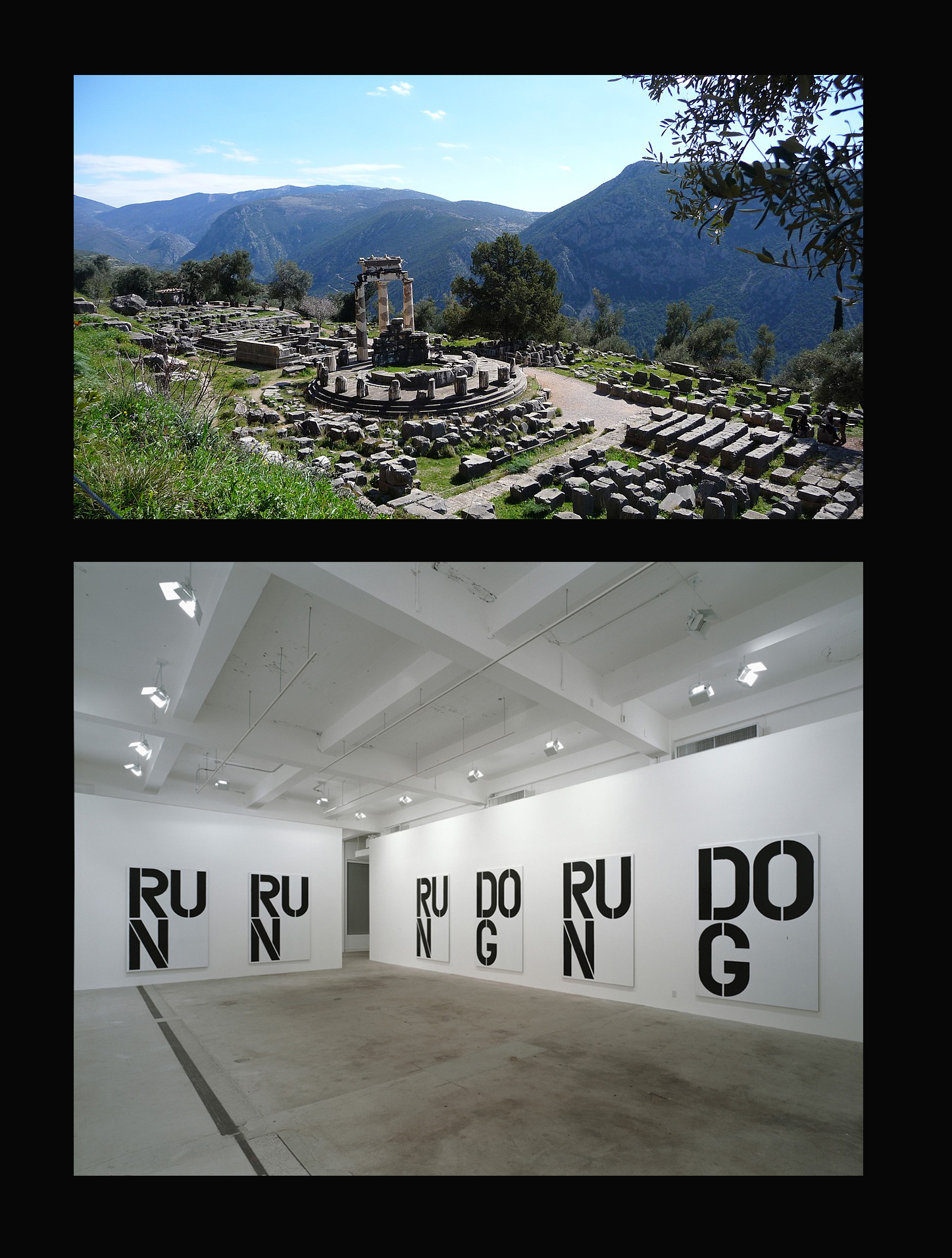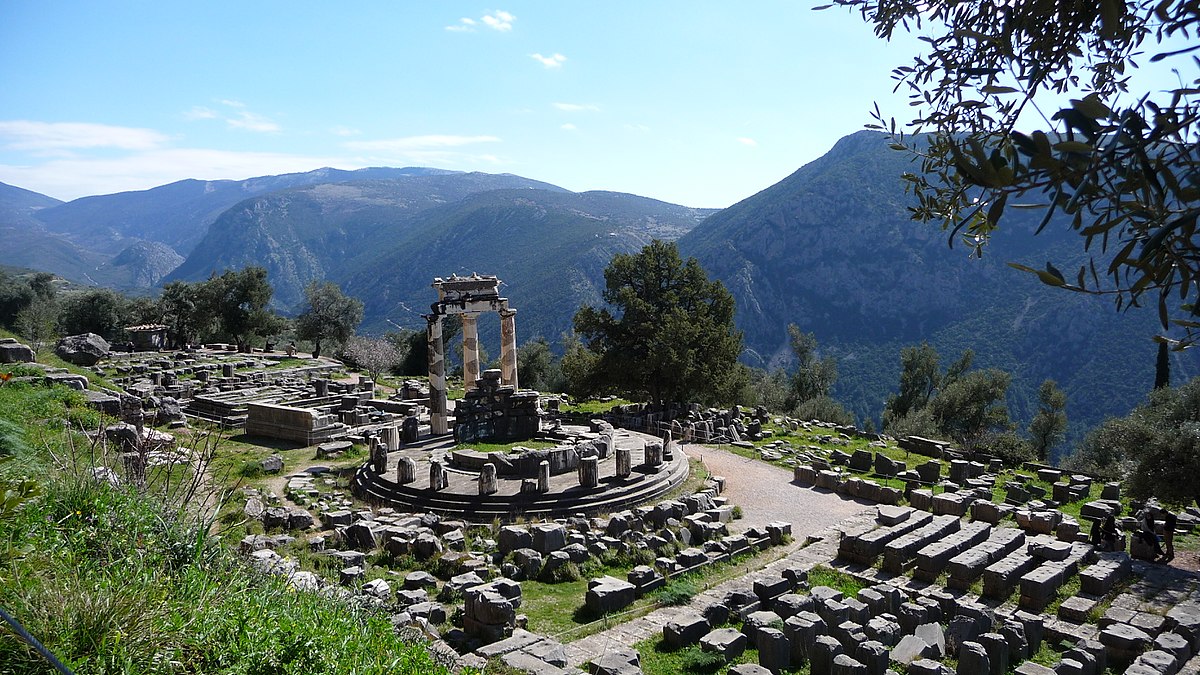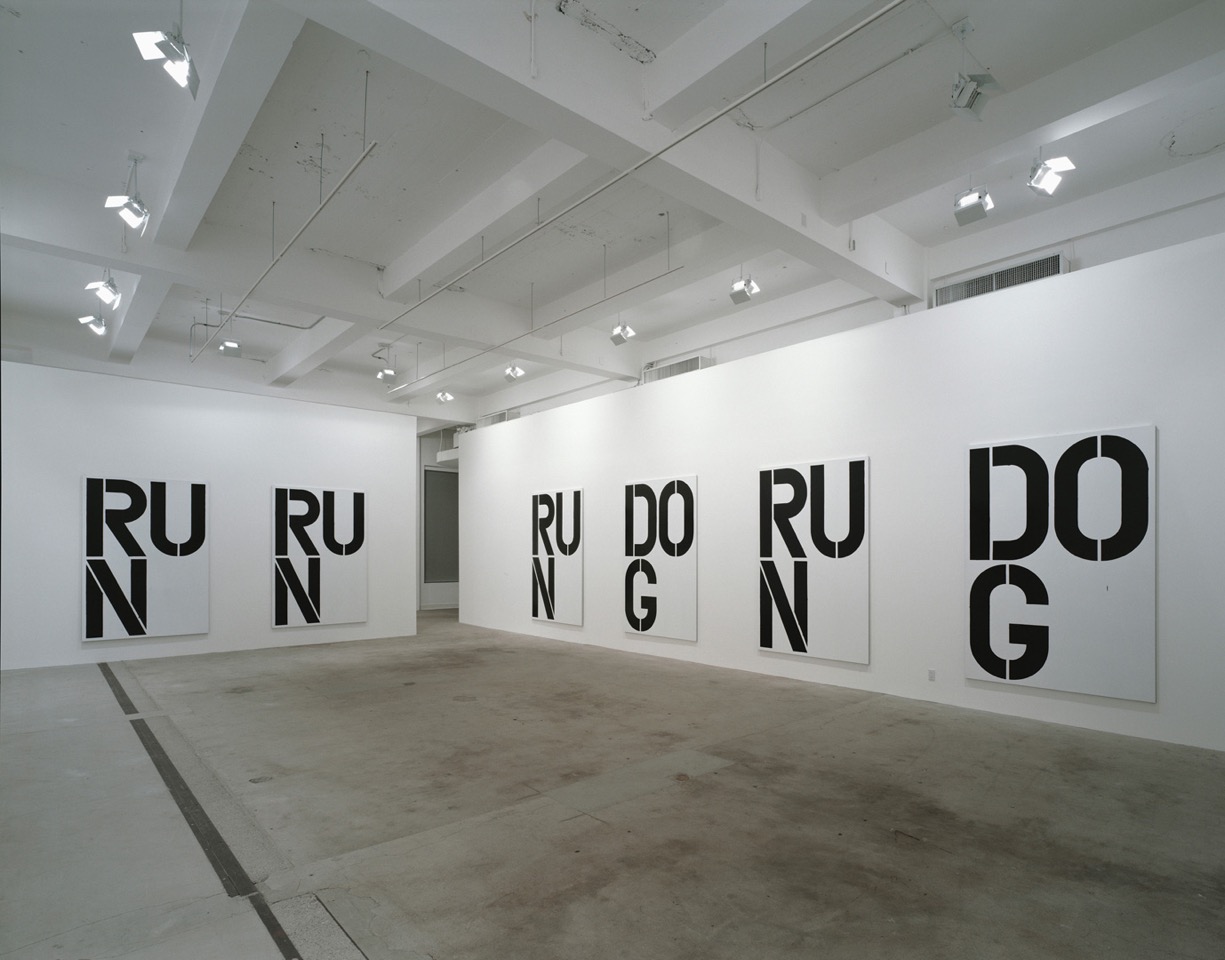The artist often develops his works from found and sometimes historical pictorial material, as well as from well- known figures of mythology, history, theater, film and pop culture. Original quotes are deliberately reduced to extracts within a collage-like working method. Recontextualized in seemingly surreal contexts, this results in new associations and meanings. Several works are condensed within a stage-like installation, leading to a performative-pictorial narration.
Lothar Hempel’s sculpture Performance (2015) uses a famous image of Kathleen Neal Cleaver, the first female member of the Black Panthers, mixing materials, disciplines and references to popular culture. A contemporary heroine, she is one of the figures to whom the artist pays tribute for her commitments.
But let’s listen to the genesis of the work by the artist…
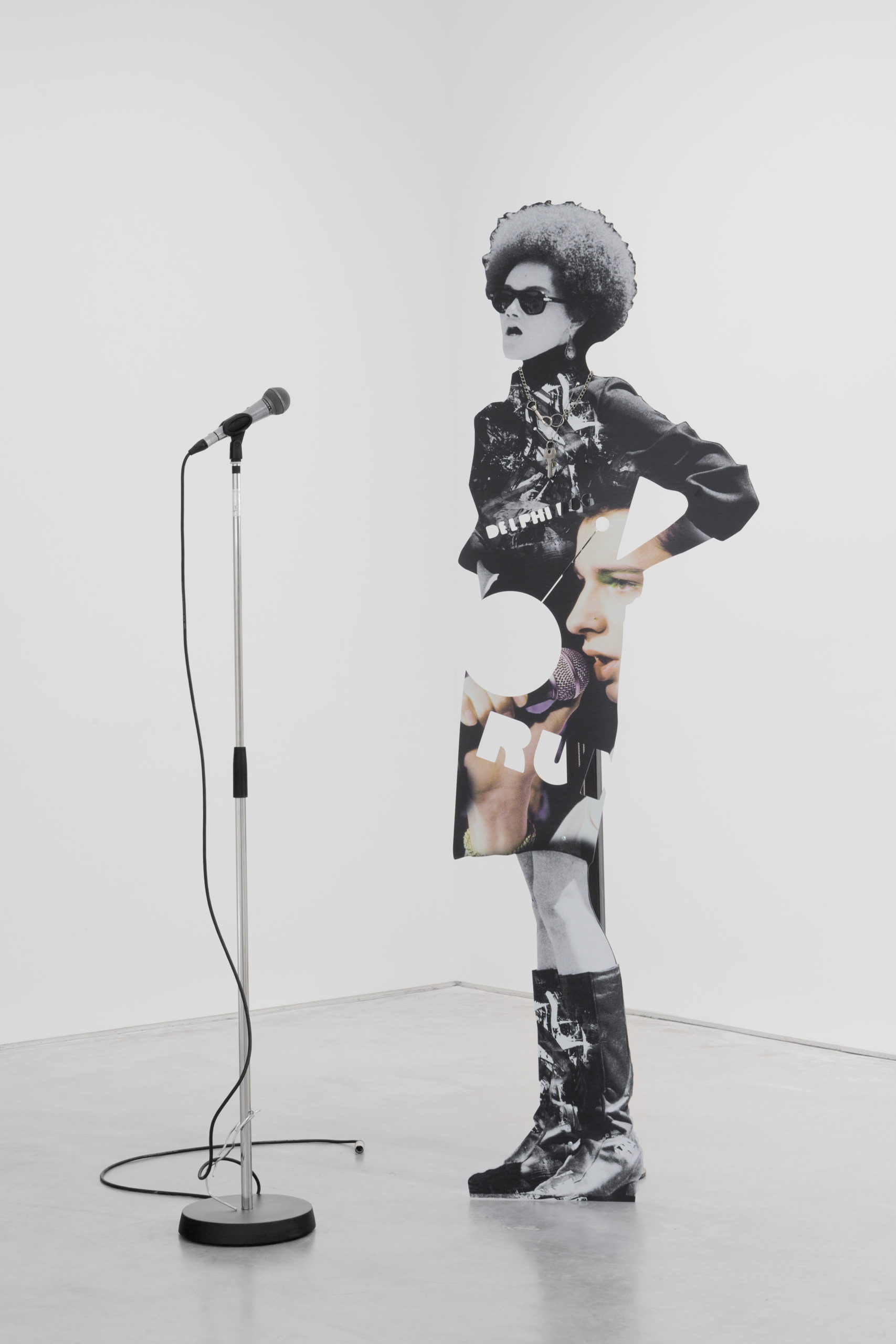

I combined 2 images – Kathleen Cleaver, an activist and the wife of Eldridge Cleaver, one of the leaders of the Black Panthers, during a speech she held in Oakland in the late sixties and a photograph from Dave Gahan, lead singer of Depeche Mode in one of their first concerts in 1981.
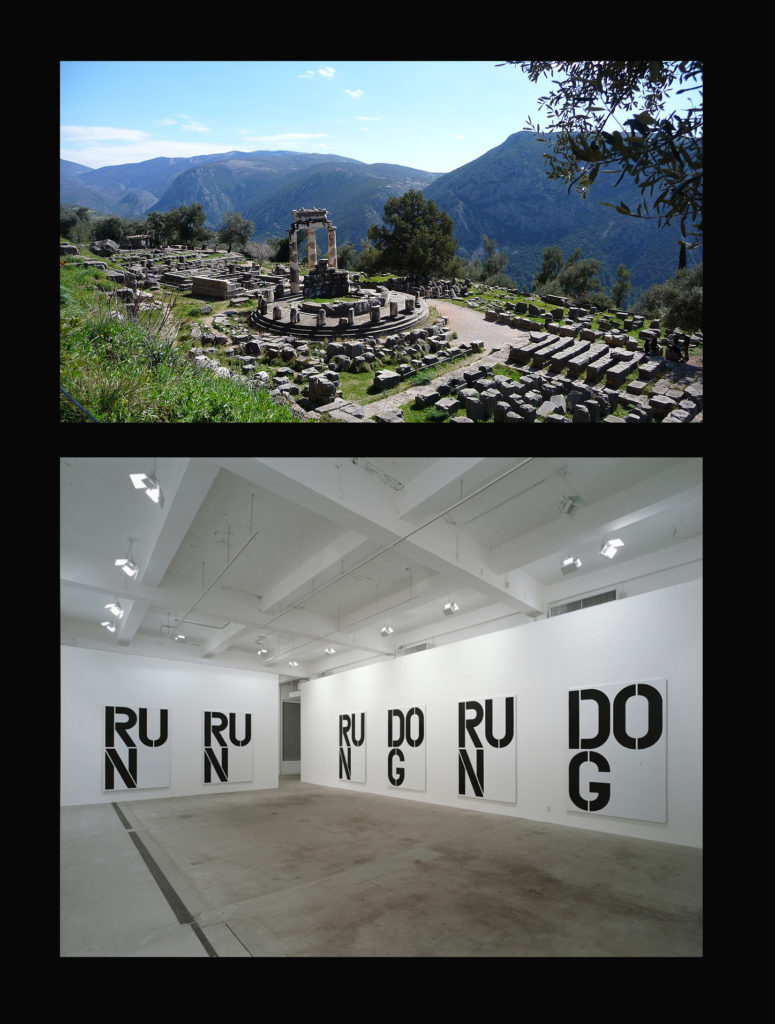
Another element in the work is the sentence: “Delphi Dog Run”, which is a collage of words, the name of the greek oracle and the words in a series of paintings by Christopher Wool, executed in 1990.
There is a cut out shape in the middle of the sculpture, indicating a pregnancy and pointing into the forehead of Dave Gahan like a diagramm, showing the direction of a thought process or a more symbiotic relation (“Symbiosis” was in fact one of the working titles for the sculpture, before I finally settled with “Performance”). The motif of pregnancy, which I understand as a metaphor for give and take, is juxtaposed in opposition to the phallic presence of the microphone in Mr Gahan’s hand and the “real” microphone in front of the figure.
There are patterns like stains and scratches printed onto the chest and the boots of the figure that stem from photographs of abstract paintings that I took a while back in some Berlin gallery. Completely forgot which artist, but I used these patterns again and again in different works to bring a certain grit and texture on to the surface.
These patterns seem to indicate a process like grinding, digging in and opening up, getting through the surface, cutting, perforation, penetration… it’s probably a desperate attempt to overcome the 2 dimensionality of the printed image and the need to turn it into something of volume, something “real”, to create a true opposite. The key around the neck seems to have a similar function – it also “opens up”.
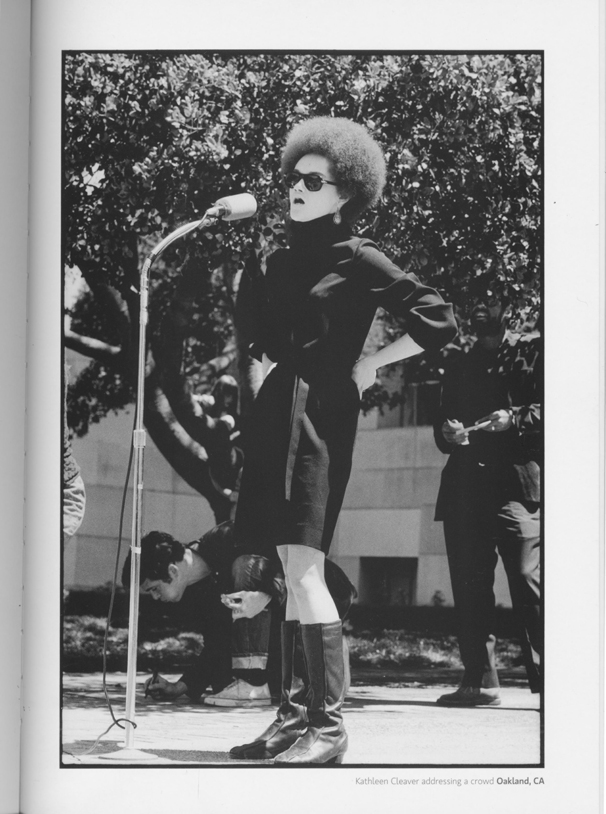
Kathleen Neal Cleaver was born in Dallas, Texas, on May 13, 1945. Her parents were both activists and college graduates of the University of Michigan. Her father was a sociology professor at Wiley College in Marshall, Texas, and her mother earned a master’s degree in mathematics. Three years after Cleaver was born, her father, Ernest Neal, accepted a job as the director of the Rural Life Council of Tuskegee Institute in Alabama, and they moved to a predominantly black community beside the campus. Six years later, Ernest joined the Foreign Service. The family moved abroad and lived in such countries as India, Liberia, Sierra Leone, and the Philippines. Spending time in India exposed Kathleen to different beliefs, including socialism, communism, and nationalism. The family returned to the United States after her brother died from leukaemia and the family broke apart. Cleaver attended a Quaker boarding school near Philadelphia, George School, which had just been desegregated.
There is a “twin” piece to Performance, a 2018 sculpture called:
“Ein Lied für 2 Stimmen” ( a song for 2 voices ), note the green key glued to the wall! It could be interesting to see the 2 works in their dialogue.

